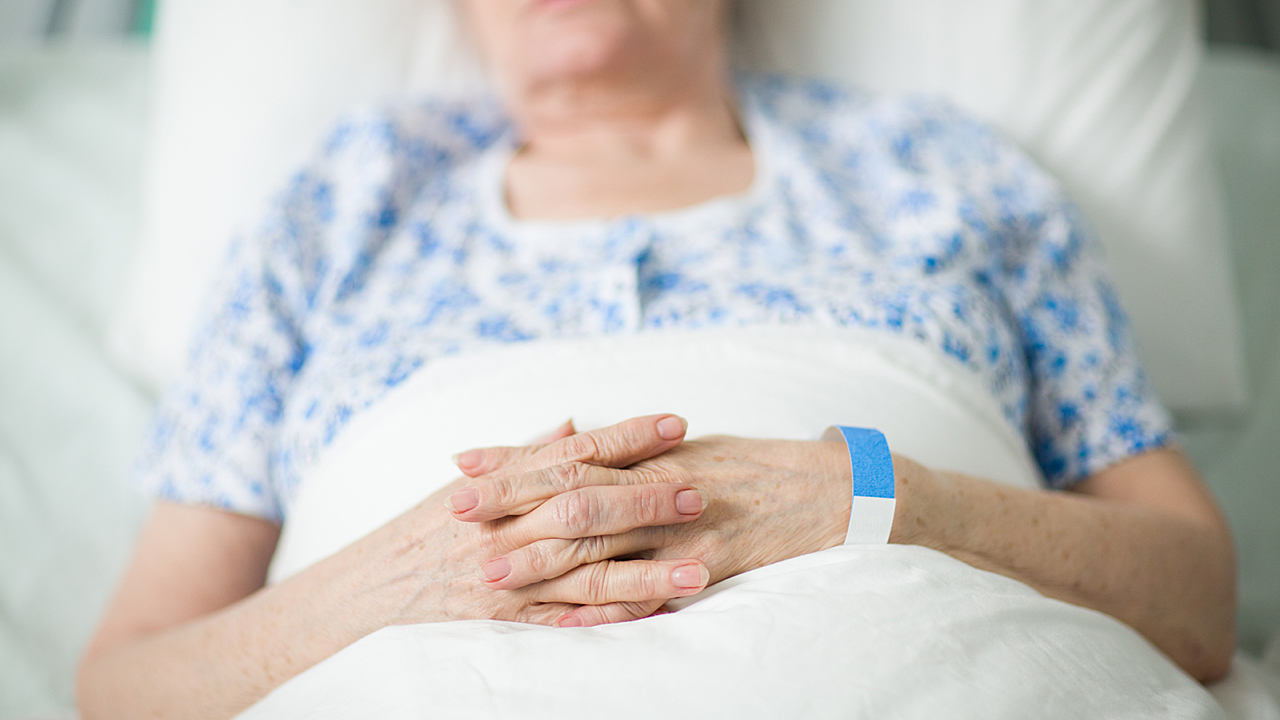The Australian and New Zealand Hip Fracture Registry based at Neuroscience Research Australia (NeuRA), released its 2018 report today and the authors are calling for hospitals to make osteoporosis plans a priority for patients leaving hospital after a hip fracture.
Data from the report shows only 25 per cent of hip fracture patients leave hospital on active treatment for osteoporosis and only 24 per cent of hospitals provide individualised written information on prevention of future falls and fractures.
Commenting on the report, Professor Jacqueline Close, Geriatrician and Co-Chair of the Australian and New Zealand Hip Fracture Registry (ANZHFR) said while the data showed an improvement of nine per cent over last year’s report, Australia was still significantly behind other countries in closing the osteoporosis care gap.
“There are huge opportunities to further improve hip fracture care including the prevention of future falls and fractures. Strong evidence exists to support treatment of osteoporosis in this population yet all too frequently we fail to offer treatments which can impact on people’s lives,” said Professor Close.
“Hospitals need to work toward closing the care gap to ensure hip fracture patients go home with an individualised care plan designed to prevent future fractures,” said Professor Close, adding “General Practitioners and other medical specialists also play a critical role in ensuring that bone health is addressed and that treatments are offered on an ongoing basis for our older Australians unfortunate enough to break a bone from a fall.”
Although the incidence of minimal trauma hip fracture has decreased over time, the actual number of hip fractures continues to increase due to the rising number of older adults. Current projections suggest that by 2022 there will be more than 30,000 hip fractures each year with a projected cost of $1.126 billion.
Minimal trauma fractures are relatively common in people aged 50 and over. It is estimated that, for Australians in this age group, one in four men and two in five women will experience a minimal trauma fracture.
A hip fracture is one of the most serious types of minimal trauma fracture. In 2015 – 16, approximately 22,000 people aged 50 and over were hospitalised for a minimal trauma hip fracture with the need for hospitalisation highest for those aged over 85. Women were one and a half times more likely than men to be admitted to hospital with a hip fracture.
Download the Hip Fracture Care Guide
These findings have prompted NeuRA to publish a Hip Fracture Care Guide for patients, their families and carers addressing frequently asked questions across the hip fracture journey and highlighting the importance of preventing another fracture by treating osteoporosis and preventing falls.
“Our goal is to highlight the current gaps in care and work with hospitals across Australia and New Zealand to increase the uptake of treatments for which we know there is evidence of benefit,” said Professor Ian Harris, Orthopedic Surgeon and Co-Chair of the ANZHFR. “We also need to work in partnership with general practitioners who have a key role in managing chronic disease, of which osteoporosis is one.”
Professor Harris said solutions to this issue are yet to be developed but the Registry “is working collaboratively with other national organisations to ensure that osteoporosis is recognised as a treatable chronic disease.”
Commenting on a further key finding of the 2018 report, Professor Harris said hospitals are now sharing their waiting times from arrival to surgery, helping to generate a more transparent snapshot of performance against a national standard.
“Currently the most common delay for people waiting more that 48 hours to surgery is access to operating theatre time. This is something we must address,” said Professor Harris.
Professor Harris said data is a powerful driver of change in the health system.
“The Registry is run by clinicians for clinicians and provides hospitals with real-time performance data, allowing them to see how they perform against other hospitals.”
About the Registry
The ANZHFR is a clinician-led audit of hip fracture care established to provide data that will inform practice and drive change. The Registry stores data collected by participating hospitals and provides a mechanism for service providers to use this data to drive change in practice at a local level and ultimately to improve the care and optimise outcomes for older people who have fractured their hip.
NeuRA has produced a series of educational videos available for all seniors on our seminar platform NeuRatalks.org.
Key stats
- 25% of hip fracture patients were on active treatment for osteoporosis on their discharge from hospital
- 24% of hospitals reported the provision of individualized written information on prevention of future falls and fractures
- Future costs (Australia): $1.126 billion by 2022
Find out more
- Download the ANZHFR 2018 Report
- Watch the NeuRAtalks miniseries on HIP FRACTURE care
- Download NeuRA Brochure: Hip Fracture Care Guide
- Download the digital media kit – includes video interviews with Professors Close and Harris
In the media
- Read the Sydney Morning Herald’s EXCLUSIVE: Osteoporosis care gap: audit reveals hip fracture warning signs missed




